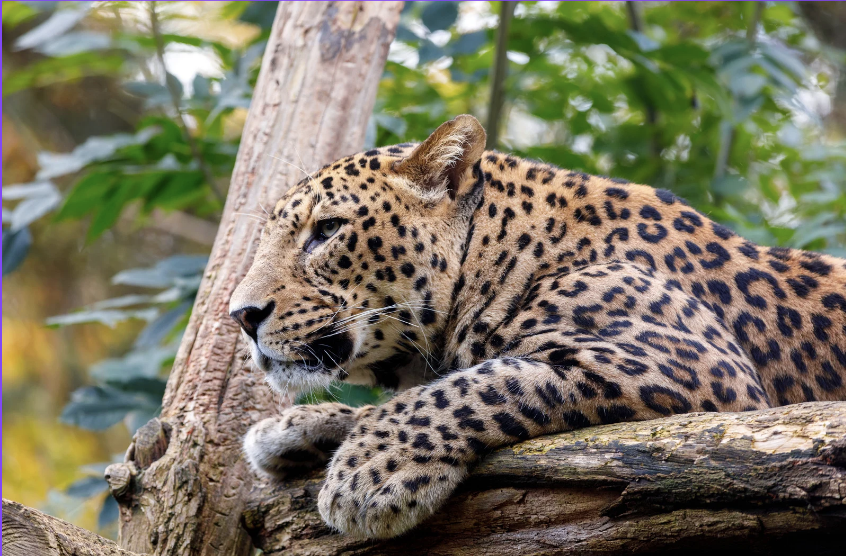
Uttarakhand Reports Record Increase in Leopard Population Through Conservation Efforts
- admin
- May 27, 2025
- UttraKhand
- Animals, Leopards, WildLife
- 0 Comments
Wildlife Success: A Triumph for Conservation in the Hills of Uttarakhand
A Historic Milestone for Wildlife Conservation
Uttarakhand has achieved a remarkable feat in wildlife conservation with a record increase in its leopard population. According to the latest wildlife census data released by the Uttarakhand Forest Department, the state’s leopard population has grown by 25% over the past five years, marking a significant milestone in the conservation of this elusive and vital species.
The success is attributed to the state’s focused conservation efforts, including habitat restoration, anti-poaching measures, and community-based wildlife protection programs. This achievement highlights the state’s commitment to preserving its biodiversity and setting new benchmarks for wildlife conservation in India.
Key Conservation Initiatives Driving the Growth
Enhanced Habitat Protection
The Uttarakhand Forest Department has undertaken large-scale habitat restoration initiatives, reforesting over 50,000 hectares of degraded land in critical leopard habitats. These areas, which are part of the Rajaji National Park, Jim Corbett National Park, and the surrounding buffer zones, have seen the restoration of native flora and the improvement of water resources, creating a more conducive environment for leopards to thrive.
Anti-Poaching Measures and Surveillance
Uttarakhand has strengthened its anti-poaching efforts, deploying over 200 trained wildlife officers to monitor leopard habitats. The state has also implemented advanced surveillance technologies, including camera traps and drones, to track leopard movements and ensure their safety. The Ministry of Environment, Forest, and Climate Change (MoEFCC) has lauded these efforts as a model for other states in wildlife protection.
Community Involvement
The Uttarakhand government has emphasized community participation in wildlife conservation. Local communities living near leopard habitats have been engaged in anti-poaching initiatives and wildlife monitoring programs. Through the Van Panchayats (forest councils), the government has fostered a collaborative approach to conservation, empowering local residents to become stewards of their natural environment.
Economic and Ecological Impact
The increase in leopard population has had a positive impact on the region’s biodiversity and eco-tourism sector. According to the Uttarakhand Tourism Development Board, wildlife tourism in the state has seen a 20% increase in the last two years, with leopard sightings becoming a key attraction for tourists visiting the national parks. Additionally, the thriving leopard population plays a crucial role in maintaining the balance of the ecosystem by controlling herbivore populations and preventing overgrazing.
Looking Ahead: A Model for the Nation
Uttarakhand’s success in leopard conservation serves as an inspiring example of how proactive conservation measures, coupled with community participation, can yield positive results. The state’s Forest Department, in collaboration with the MoEFCC and various wildlife organizations, plans to expand these conservation programs to other threatened species and habitats, ensuring that Uttarakhand remains a haven for wildlife.
As the leopard population continues to grow, Uttarakhand is poised to strengthen its position as one of India’s top wildlife tourism destinations while protecting its invaluable natural heritage.


